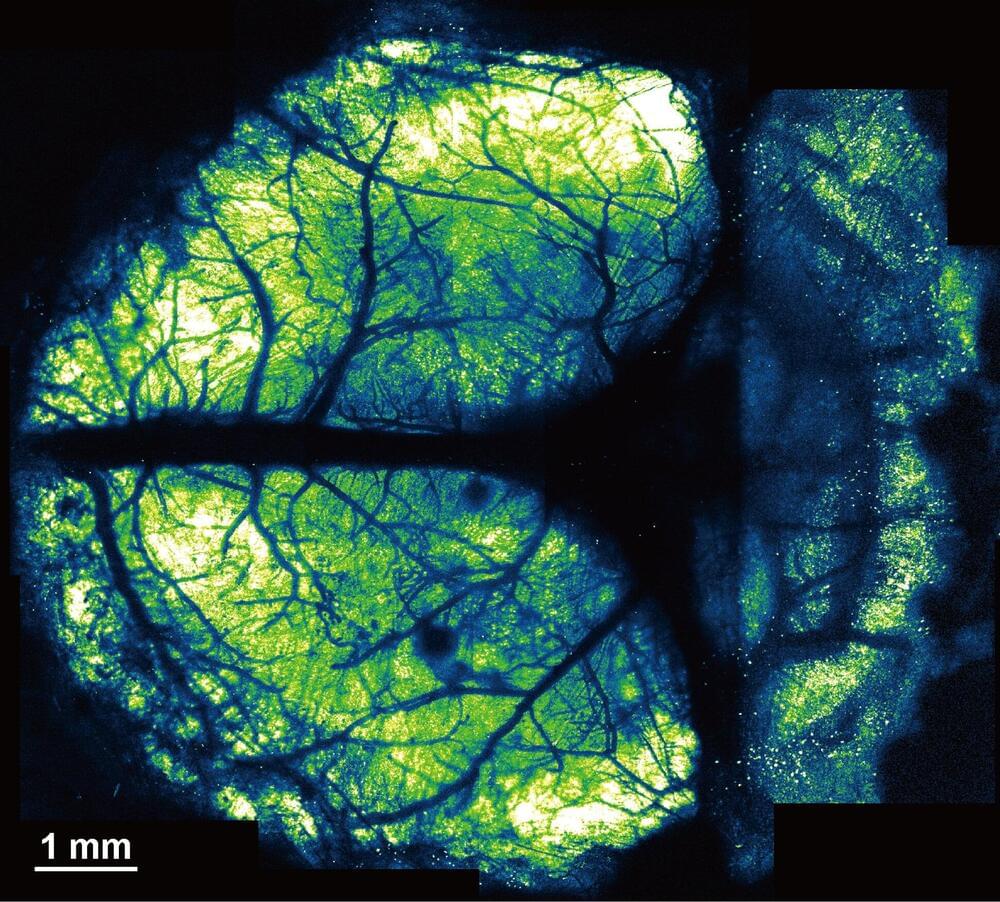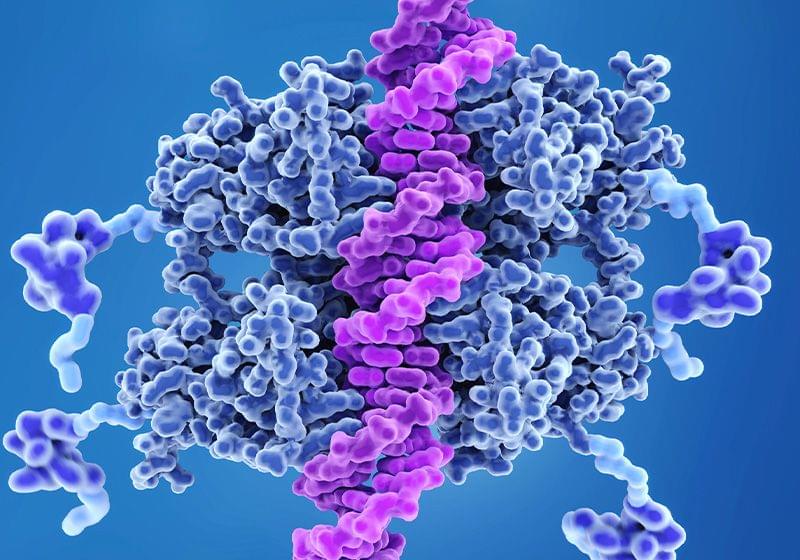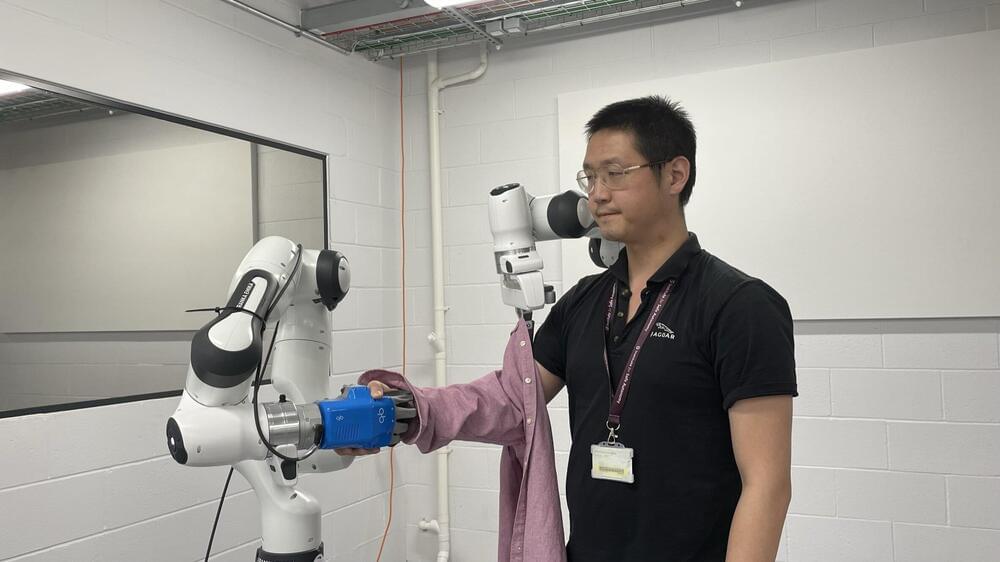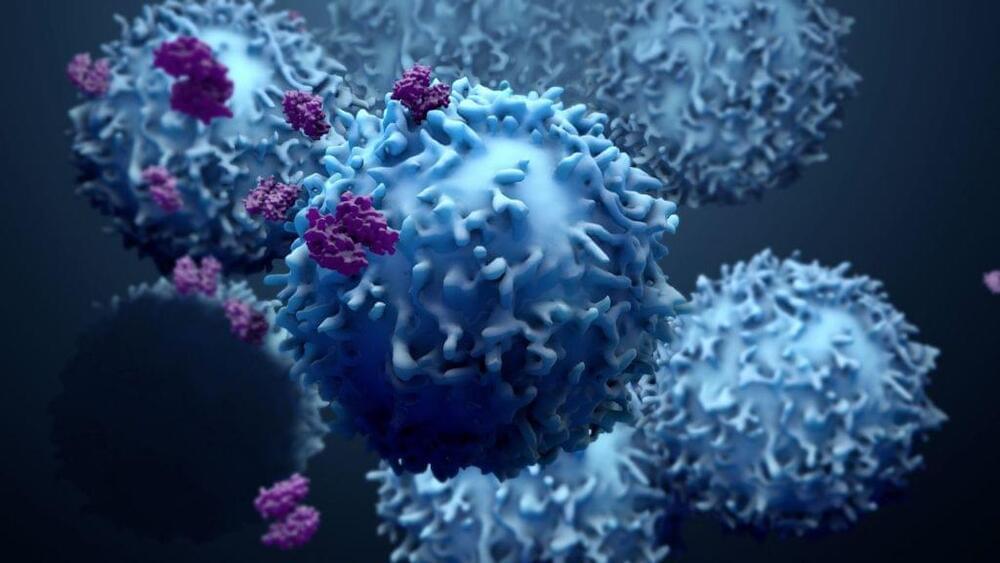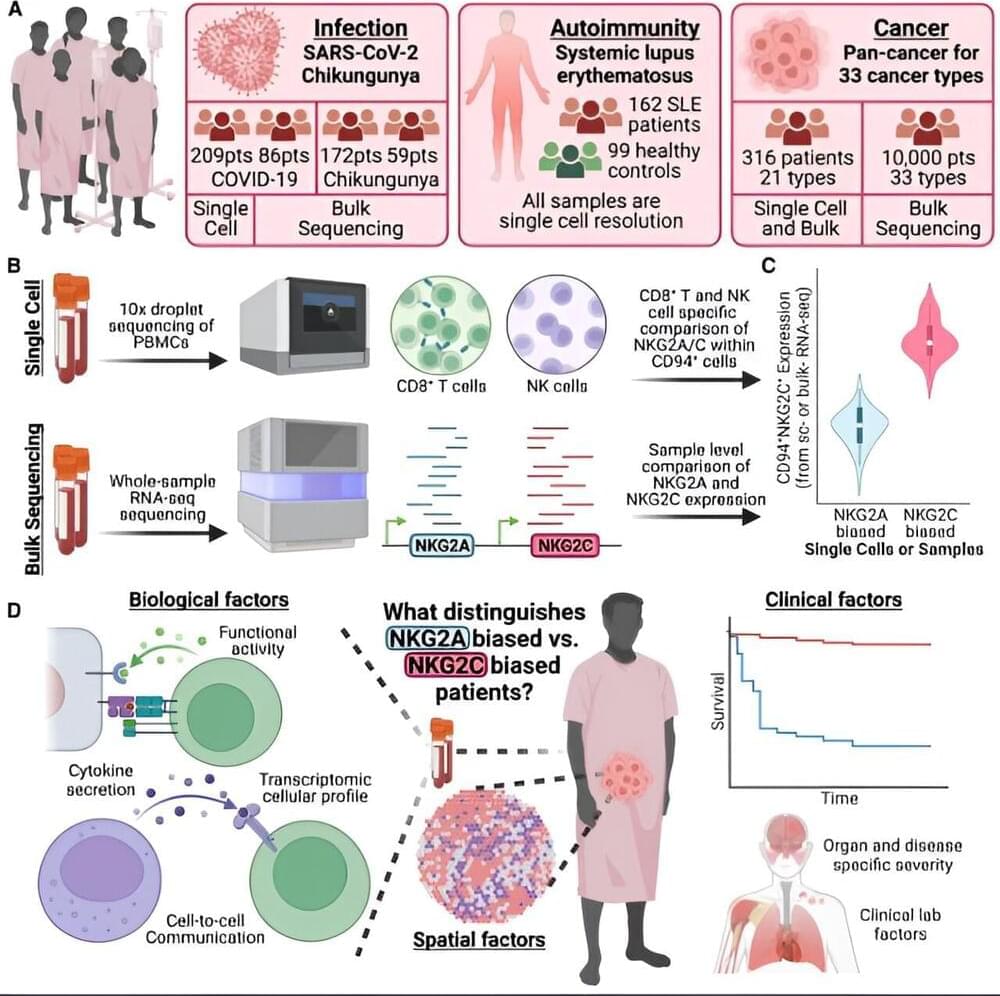Mar 9, 2024
Supermassive black hole is most distant ever found, as Webb telescope “unlocks secrets” of far-away galaxy
Posted by Josh Seeherman in category: cosmology
Two teams of researchers studying a galaxy through NASA’s James Webb Space Telescope have made multiple discoveries, including spotting the most distant active supermassive black hole ever found.
The teams were studying a galaxy known as GN-z11, an “exceptionally luminous” system that was formed when our 13.8 billion-year-old universe was only about 430 million years old, making it one of the youngest ever observed, NASA said in a news release. Scientists have been trying to find out what makes the distant galaxy so bright, and in doing so discovered the far-off black hole and a gas clump that could indicate rare stars.
The black hole was found by researchers from the Cavendish Laboratory and the Kavli Institute of Cosmology at the University of Cambridge in the United Kingdom using the telescope’s near-infrared camera. They determined the structure was a supermassive black hole, the largest type of black hole. It’s the most distant black hole of this size ever seen.



